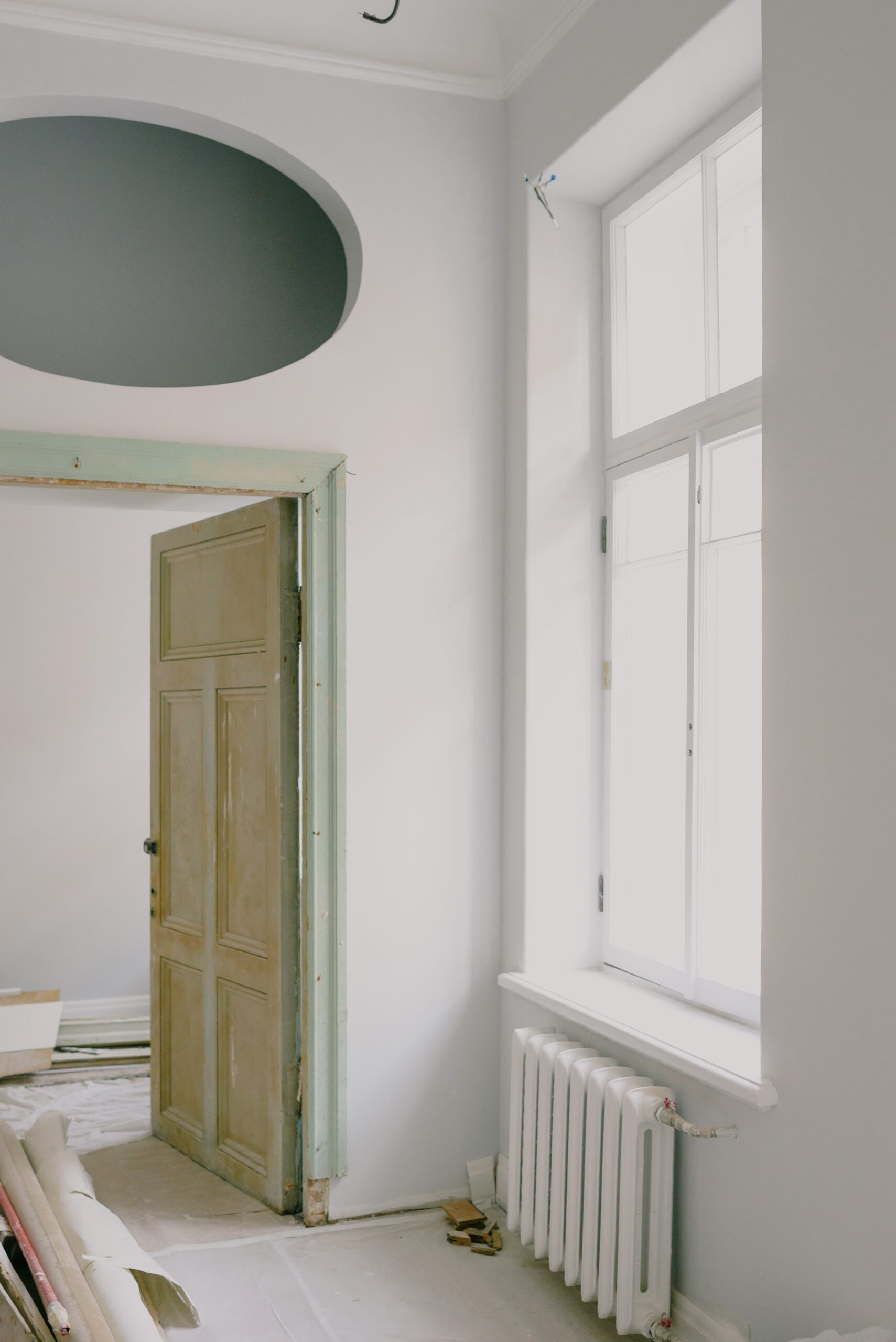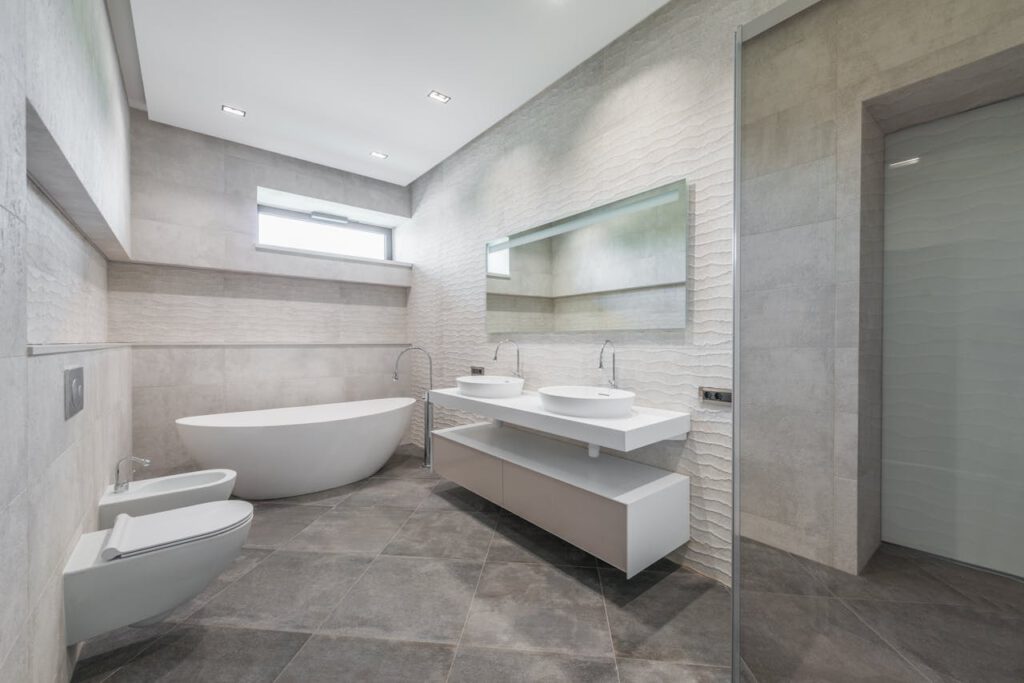Before designing a new home or renovating an existing one, you should consider energy efficiency. Modern technology and the expanded availability of more energy-efficient lighting can help you save money and energy while improving the comfort and durability of your house.
Here is a guide to using modern technology and energy-saving lighting when renovating a home:
1. Lighting design
Before remodeling or construction, it’s crucial to consider the precise function of lighting in each area.
Many rooms require two separate types of lighting, with unique fixtures for each type. For instance, you might use a normal ceiling light to provide general lighting and overall illumination for your living room, but you might also desire mini lights to provide “task lighting” for a desk or dedicated reading location. Additionally, accent lighting can be applied for aesthetic or dramatic effects.
At home, lighting design should strike a balance between providing for the lighting needs of your family, maximizing energy economy and practicality, and taking into account the aesthetic impression provided by the lighting system.
2. Dimmer switches
Dimmers are devices that are linked to a light fixture and are used to regulate a light’s brightness. Lowering the output of light and therefore using less energy can be accomplished by altering the voltage waveform applied to the bulb.
3. LED Lighting
Use energy-efficient LED lighting fixtures while thinking about lighting design. Compared to conventional lighting, energy-efficient LED lights consume less power and produce less heat. Fluorescent lamps use 65%-75% less energy than incandescent bulbs to generate the same amount of light. LED lighting is not just the most energy-efficient option available; it also has a 10-times longer lifespan than conventional light bulbs.
4. Sunlight sources
The solar illumination is popular for gardens, terraces, and balconies for a reason. Batteries or cables are not needed for solar lights to operate. It helps you conserve electricity, and the lights are both simple to install and environmentally friendly. Not to mention that they make your outdoor area into a tranquil, enjoyable setting.
5. Put the timer in your lights
You may ensure that your lights are only on when you need them by setting up a programmed timer. Low-cost light timers are available at home improvement stores. This simple solution will assist families with forgetful children in keeping their expenses in check.
Attach several switches.
By installing switches for specific bulbs or groups of bulbs, you can turn on the lights only where you need them. After all, illuminating the entire cellar when you only require access to a portion of it is wasteful.
6. Motion sensors
Motion-activated lights that turn off automatically can significantly reduce energy usage. The twilight sensor makes sure that the light only turns on when there are people around and the ambient light level is low.
Final Words
Low-energy lighting is more expensive to buy, but it consumes only 10–20% of the energy that regular incandescent bulbs use. You can receive expert advice on energy-efficient practices from the interior renovation company in NYC for more suggestions.

